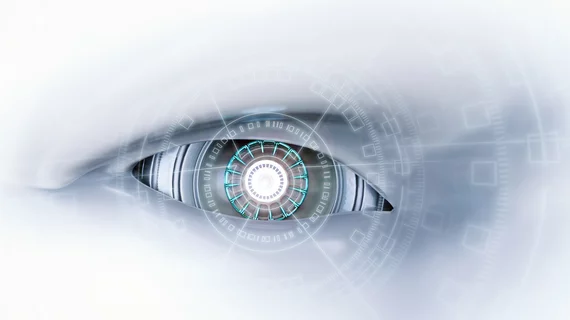Scientists train artificial intelligence to mimic the gaze of radiologists reading images
Scientists have trained an artificial intelligence algorithm to mimic the gaze of radiologists when reading medical images.
Researchers at Cardiff University in Wales developed the “first of its kind” system using a convolutional neural network, designed to imitate the human brain. They worked with radiologists across three National Health Service hospitals, analyzing their gaze when reading nearly 200 mammograms.
AI was able to accurately predict the areas of the image where a radiologist was most likely to look when making a diagnosis. Researchers believe the system has the potential to improve the speed, accuracy and sensitivity of medical diagnostics while helping to relieve radiologist shortages in the U.K.
“This doesn’t mean replacing people with robots but instead demonstrates how machine learning can support and augment the work of clinical professionals,” co-investigator Hantao Liu, PhD, a reader at Cardiff University’s School of Computer Science and Informatics, said in a July 21 announcement from the school. “In our study we’ve done just that, by developing a system which can work with radiologists to act like a critical friend or colleague during their medical diagnostic work and support decision-making arising from it.”
Liu, also awarded an honorary research position with NHS Wales, said he is working to develop a strategic roadmap for AI deployment at radiology departments across the country.
Experts hope the system can help with prioritizing patient referrals by pinpointing abnormal scans that can be handled first.
“Effectively, this system is bringing with it a greater humanization of AI and therefore a more realistic representation of what we do as radiologists,” Zelei Yang, a physician with University Hospital of Wales, who took part in the study, said in the announcement. “For these reasons it is capable of revolutionizing how we approach deep learning and its clinical applications because it is now more effective and more realistic in this setting rather than just a tool that has been developed for the sake of it.”
Read more about the investigation in an analysis published earlier this year in IEEE Transactions on Multimedia.

